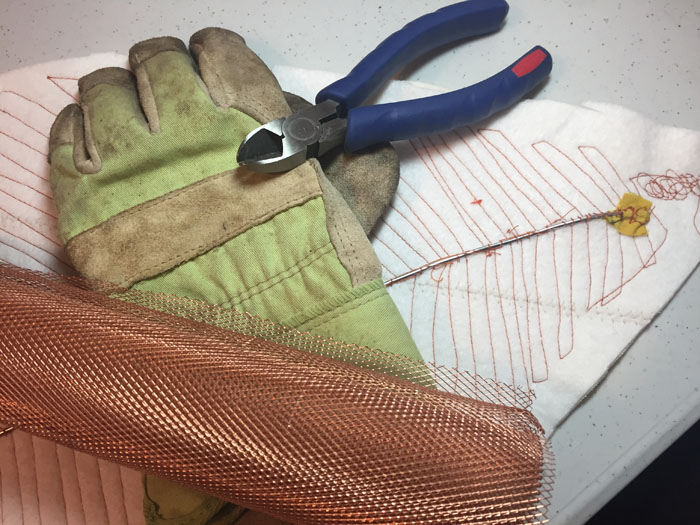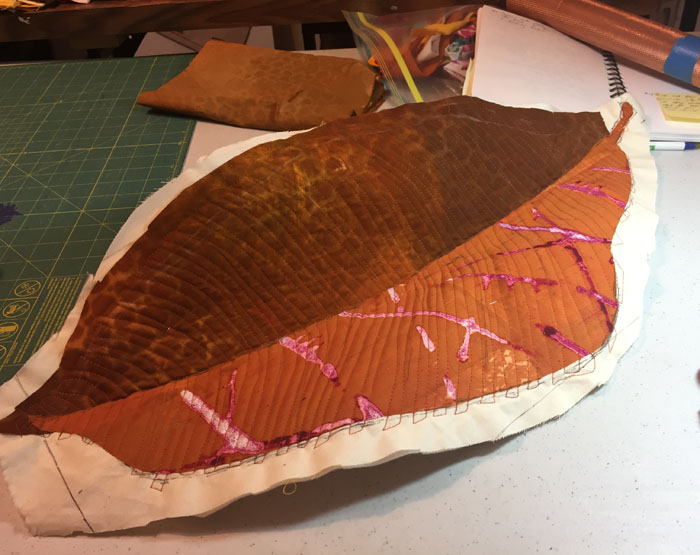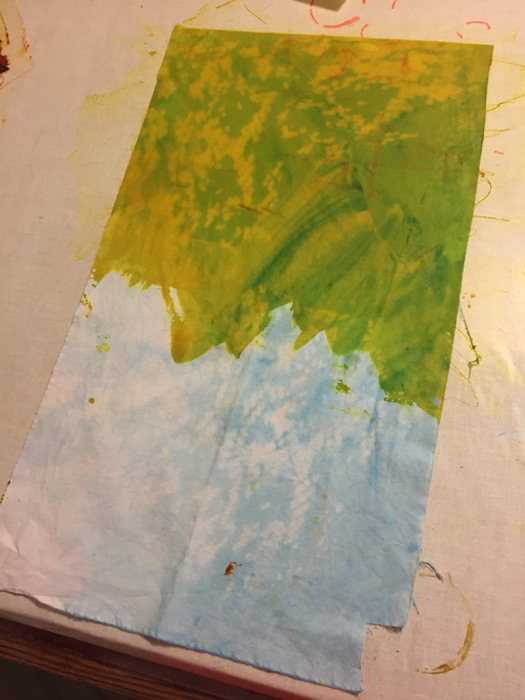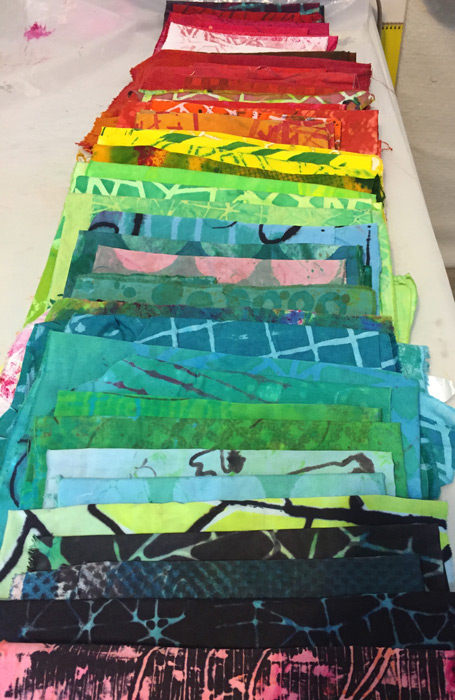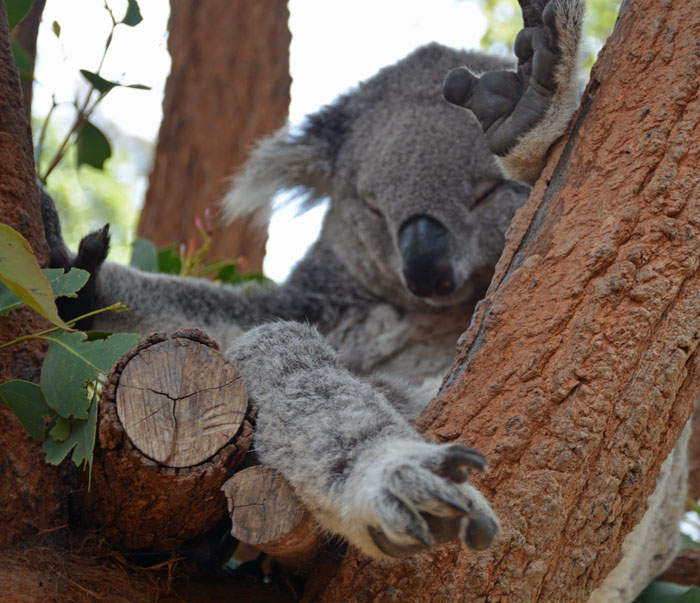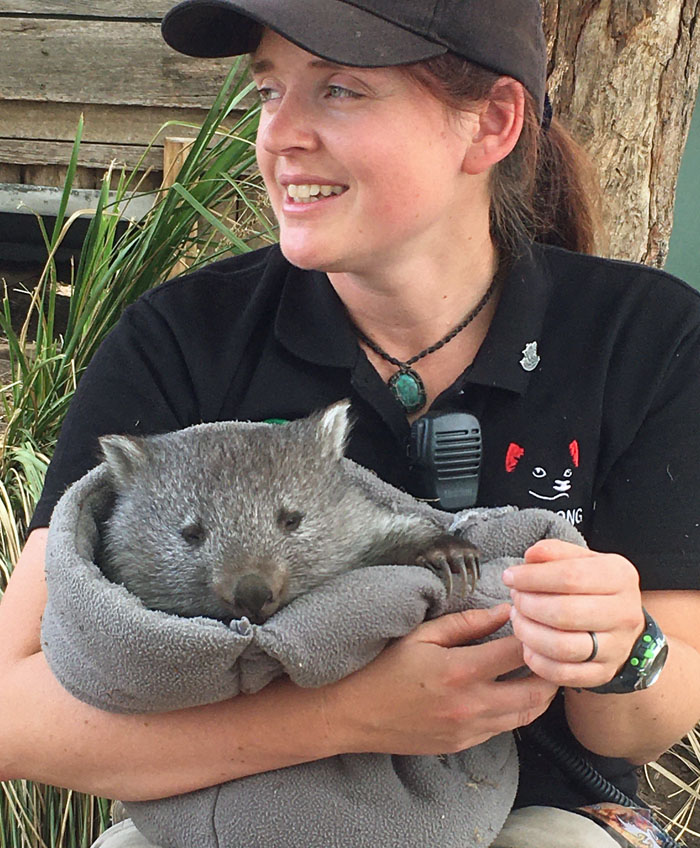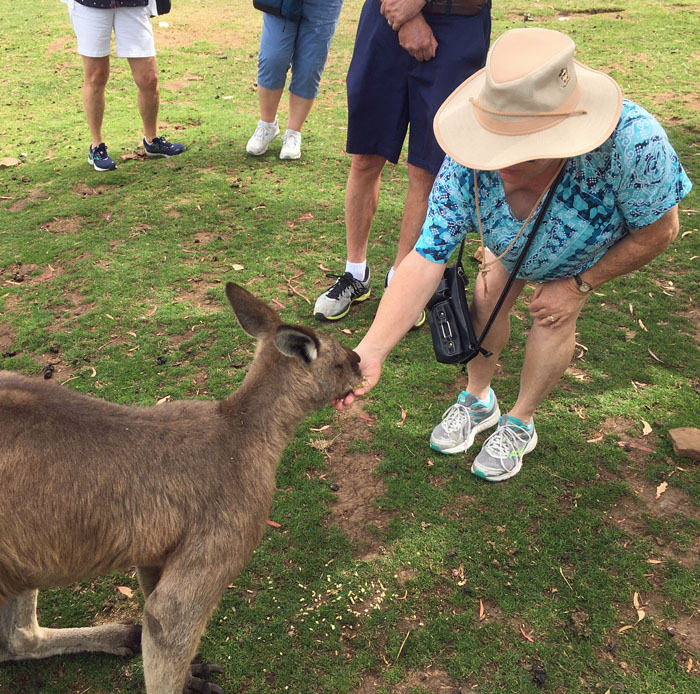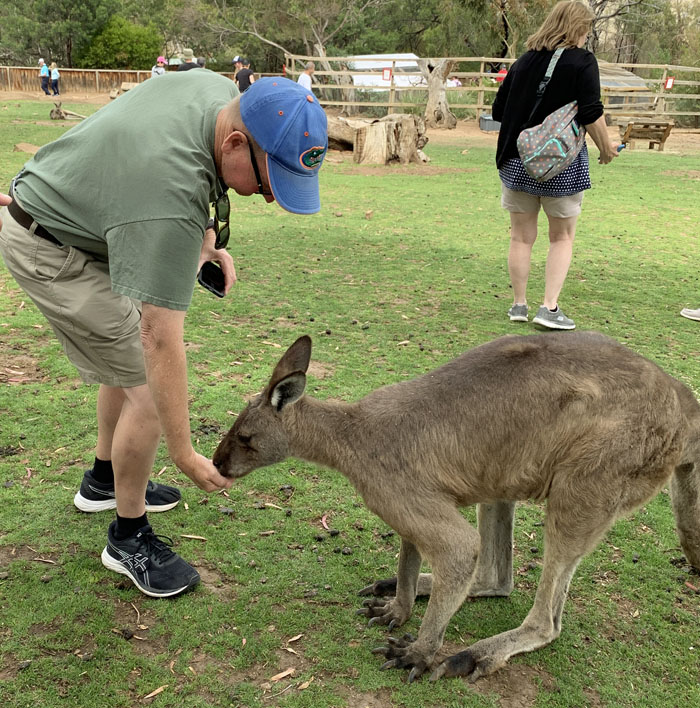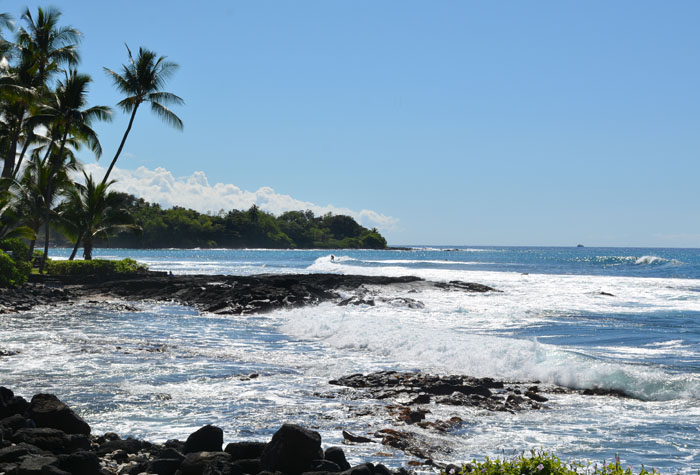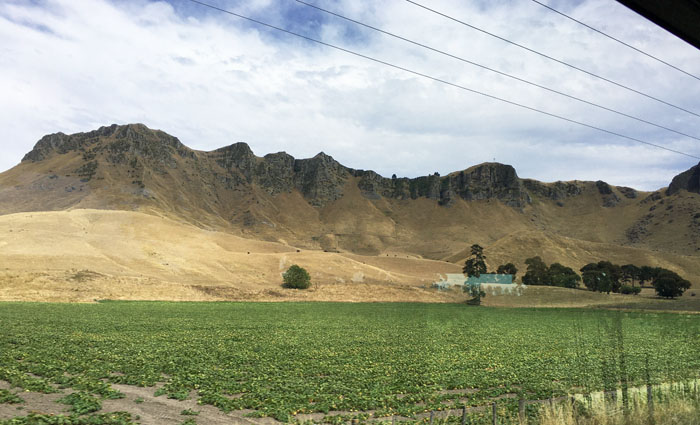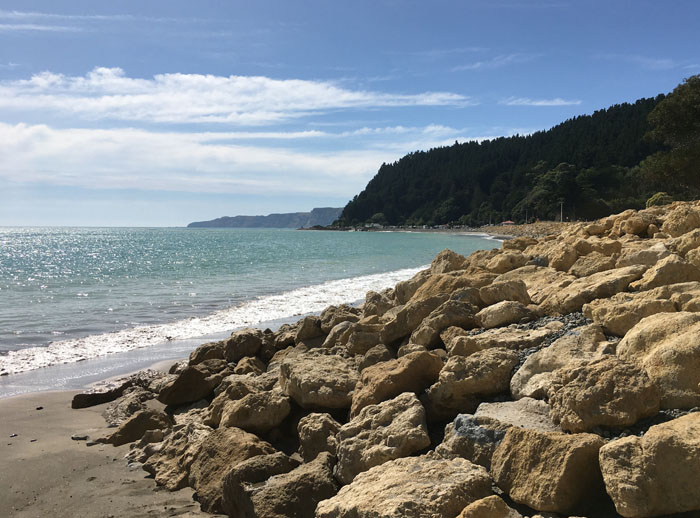After admiring the arch and curl of a Croton leaf, I decided I wanted to make a quilt with those same lines. And because I thought it should roll up for shipping (or lay flat) but still be malleable for display, I knew I’d want to put wire into it. Which is what plunged me into a time of great experimentation and learning.
First, I studied and photographed Croton leaves from my back porch plant. (I picked the past-their-prime leaves.)
Click any image for a larger view
See what pretty shapes they have? This is what I wanted to emulate.
Next, I scanned them an turned them into black and white sketches. I traced the outline of the first one I wanted to use.
Then, I created the top composition with two hand dyed fabrics. Next came quilting, but without a backing just yet.
Since I wanted the leaf to arch from stem to tip, I wanted to add a fairly heavy, but still pliable, wire down the center. I was worried about the end of that wire puncturing the fabric, so I knew I’d need to soften or shape it somehow. The solution came in the form of an accidental Christmas present. I had asked for glue sticks, like Elmer’s makes. But, my husband misunderstood and bought me glue sticks for a hot glue gun. (He gets points for even knowing that a hot glue gun exists. Even though mine no longer works.) The glue sticks turned out to be exactly what I needed, though. I melted down several in a little handmade aluminum foil “pot.” I dipped the ends of the wire into it and it created a nice round blob on each end. Voila!
I hand stitched the wire along the center vein line. To keep the wire from shifting from stem to tip, I created little fabric stops on each end. I glued and folded fabric over the end and then stitched it to the quilting. (BTW, I’m making this sound so straight forward. But, EVERY one of these techniques was tested and modified in a sample before using it on this larger leaf.)
In the photo above, you can see some of the tools I used, including leather gloves and wire cutters. Next, I would cut the wire mesh and hand stitch it on.
And it all worked! Here you can see that I could bend the leaf along the center vein, or curl the sides like book pages. I was getting excited!
Not shown, I used a different weight of wire and satin stitched it around the perimeter of the leaf. That was rather tricky since the leaf was now stiff. But, I was getting close!
Stay tuned to see how this turned out. Hint: I’m delighted with it!
What experiments have you tried during this time of isolation?
Ellen Lindner



